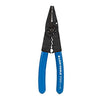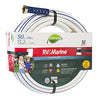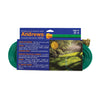How To Overseed Your Lawn in Autumn
∙ min read
When it comes to the fall season, your thoughts may turn to back-to-school activities, football, or cooler-weather autumn holidays, whereas spring brings to mind thoughts of planting and new growth. While one season boasts warming temps and increasing sunlight, the other signals a slowdown with crisp air blowing in and changing leaves fluttering to the ground. You likely think of spring as being the best time for planting based on the overall conditions, but the truth is that fall is the best time to overseed your lawn and focus on overall yard health. Read on if you're not quite sure how to overseed a lawn in autumn and plan to enjoy your most beautiful yard yet.

Choose the Best Grass Seed for Your Yard
It should be no surprise to hear that not all seed is created equal. It might feel great to get a good deal, but a good value may not equate to a stunning home landscape. The first step to successful overseeding is choosing the best grass seed to meet your lawn’s needs. There is a type of seed to meet nearly any kind of yard condition, including those featuring:
- Very sunny spaces
- Mostly shaded areas
- Lawns featuring both partially shady and sunny spots
- Cold-weather areas
- Drought-impacted climates
Choosing the right type of grass seed for your landscape, climate, and yard condition is the first and most important decision you’ll make to kick off your fall lawn care journey. Depending on where you live, Kentucky bluegrass or perennial ryegrass are great options. It’s also a good idea to consider how you can give those seeds a boost once spread with a good starter fertilizer.
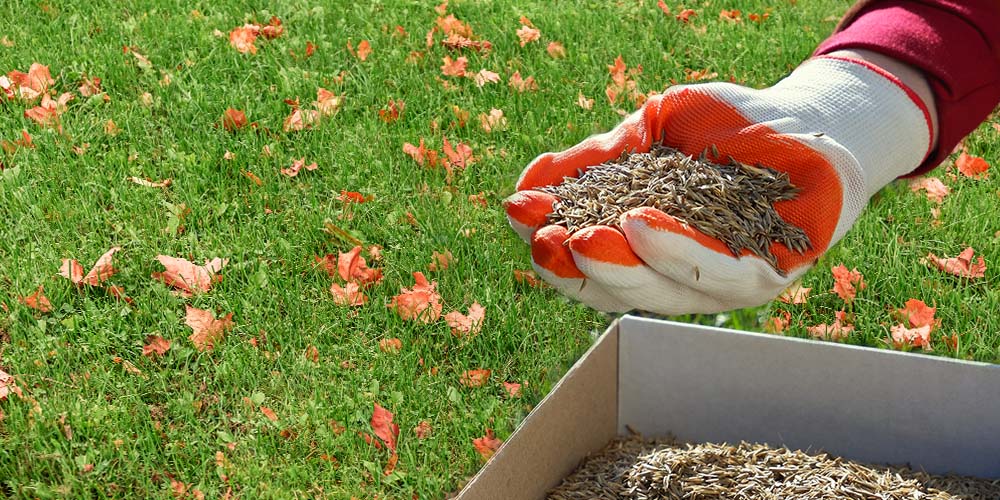
Properly Prep for Overseeding
If you've experienced overseeding lawn fails in the past, this could be due to not taking the appropriate steps to prepare your existing grass beforehand. Unfortunately, growing and strengthening your lawn isn't as simple as throwing out some plant seeds. There are a few steps you should take to ensure the best growing environment for new grass, including:
Mow your yard on your mower's lowest setting to give it a close cut before scattering seed. Aerating your yard is an essential task before growing new grass because it helps establish an excellent atmosphere for seed germination. This process helps to break apart the soil that has become compacted over time, and the holes caused by core aeration are an excellent place for seeds to begin overgrowing. Give your lawn a good raking to clear away clippings and other debris that could hinder seeds from reaching the soil. Giving the ground a good watering the day before spreading lawn seed sets the stage for a great growing environment.
If you have large bare patches in your yard, dead grass, or areas in which you haven't had success getting plants to grow, address these areas before trying to grow grass there. A good place to start is checking the soil pH with an at-home test. Finally, a last lawn care tip is to check if there are any broadleaf weeds and eliminate them to keep a healthy lawn.
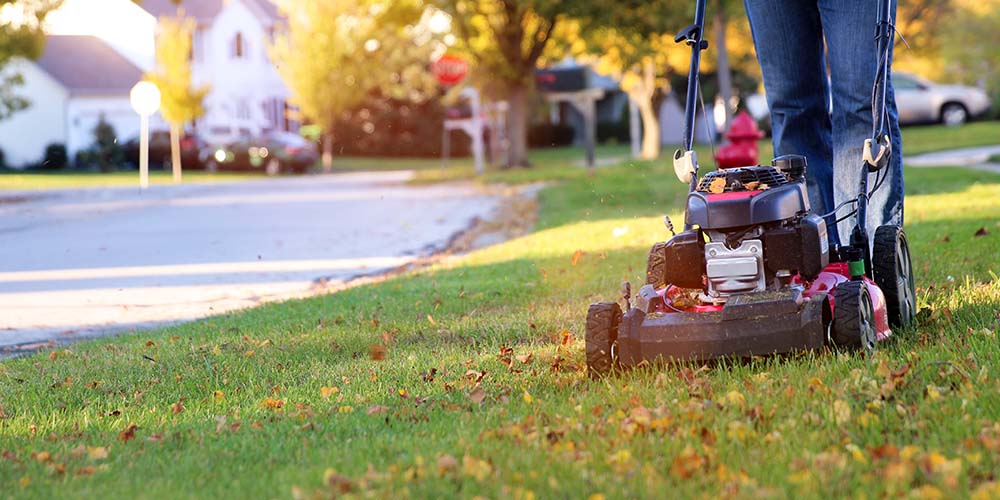
How To Overseed a Lawn in Autumn
Once you’ve chosen your seed and prepped the yard, overseeding is now the relatively easy part. Choose a spreader to make easy work of evenly distributing lawn seeds. A larger push model is perfect for spreading seed across a large space or entire yard, while a hand spreader is a good option for small areas. Next, distribute the seeds according to the directions for your chosen seed variety.
Just like with other healthy plants, your grass will need to be fed in a sense with plant food or fertilizer. Apply a fertilizer, such as Miracle-Gro plant food, right away to ensure the seeds receive the nutrients they need to successfully and quickly grow into a beautiful lush lawn. Newly seeded lawns thrive with consistent watering, so get started on a watering schedule right away and supply a thorough initial watering right after distributing the seed.

Caring for Your Overseeded Yard
Though the bulk of your work is complete, there's still some upkeep and lawn maintenance needed to ensure you achieve the lawn of your dreams. Continuing with a watering schedule is vital, and you should plan for watering the yard once or twice a day for the first week. Then, switch to watering every other day for the second week and then once a week going forward to stave off wilting. It may be tempting to continue applying a lawn fertilizer frequently but beware of over-feeding your newly growing grass. Once you've completed an initial plant food application, wait at least another six to eight weeks before fertilizing a second time.

With its soil that has been warmed by the waning summer sun and cooling temperatures, the fall season really is the best time to overseed your lawn and turn it into a beautiful focal point of your landscaping. Check out MaxWarhouse's selection of lawn and garden seeds, products, and accessories to make your lawn dreams a reality.
Shop Your Lawn and Garden Products Today




























